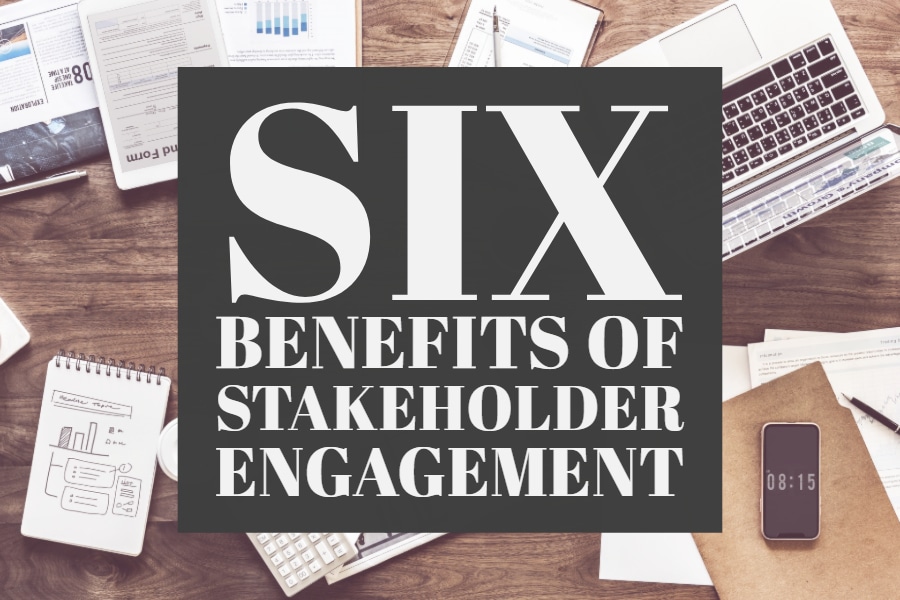
Business is about relationships, both good and bad. Successful organizations must be constantly aware of who will help move the organization forward, and those who will hold the organization back. Creating a stakeholder map that outlines who will be an ally or foe can be one of the most effective tools for making short-term decisions and meeting long-term goals.
NP Strategy has outlined a suggested approach to stakeholder mapping and management, so you may already know how to build your list.
But do you know why a comprehensive stakeholder engagement plan benefits your business?
1. Education
Communicating directly with a stakeholder allows you to learn not only their perspective, but can provide new insights on a product or issue to help you gain a competitive advantage. Be sure to include diverse perspectives in your outreach to ensure you are hearing from all angles. You never know what you may learn!
2. Effective Decision Making
The education gleaned from the fresh perspectives described above may change your mind on an issue and allow you to make a more informed decision. Or better yet, hearing from your stakeholders may reinforce a decision you’ve already made. It never hurts to consider a problem from a different approach, and an informed decision should always be the goal.
3. Trust
When you reach out to stakeholders, you are letting them know you value their perspective. This collaborative approach helps build trust and goodwill toward you and your organization. This can be especially useful if you’re working in the wake of a crisis; rebuilding trust can be a long, arduous process, but it starts with making sure all of your stakeholders feel like they have a seat at the table.
4. Cost Savings
Engaging with stakeholders can ultimately save time and money. Data shows that companies who engage stakeholders improve their chances of finishing a project on time and on budget. That savings can come from the elimination of roadblocks, and the mitigation of surprises that can slow your organization’s process.
5. Risk Management
Groups and individuals may help you identify potential risks before they become threats to your project or organization. Preventing these threats also eliminates the harm (budgetary and otherwise!) they can bring.
6. Accountability
In the end, engaging with groups and individuals is key to improving accountability within your own organization as well as with external audiences. Transparency is important – be clear about the outcomes you are hoping to achieve and the steps you are taking along on the way. Don’t forget to follow up with your stakeholders to let them know how you are doing!
Effective stakeholder management can make or break a project – and it all begins with your plan.
Jean Cecil Frick has built a career out of trusted relationships. She is a veteran of the private, public and non-profit sectors driven by helping individuals and organizations achieve their goals. Today, she serves as a senior strategic advisor at NP Strategy where she helps clients connect with the right people and get their message across to key audiences.
